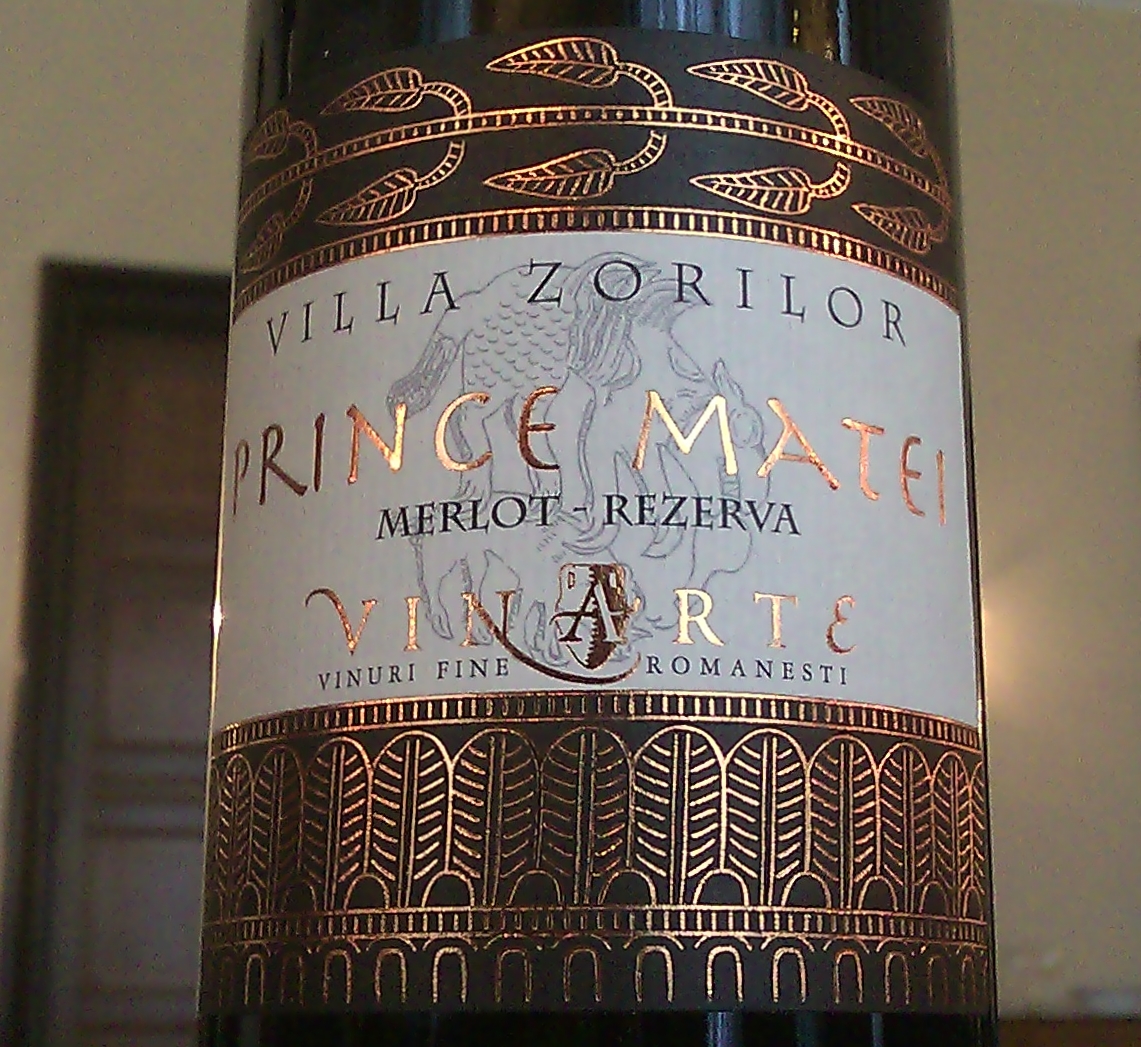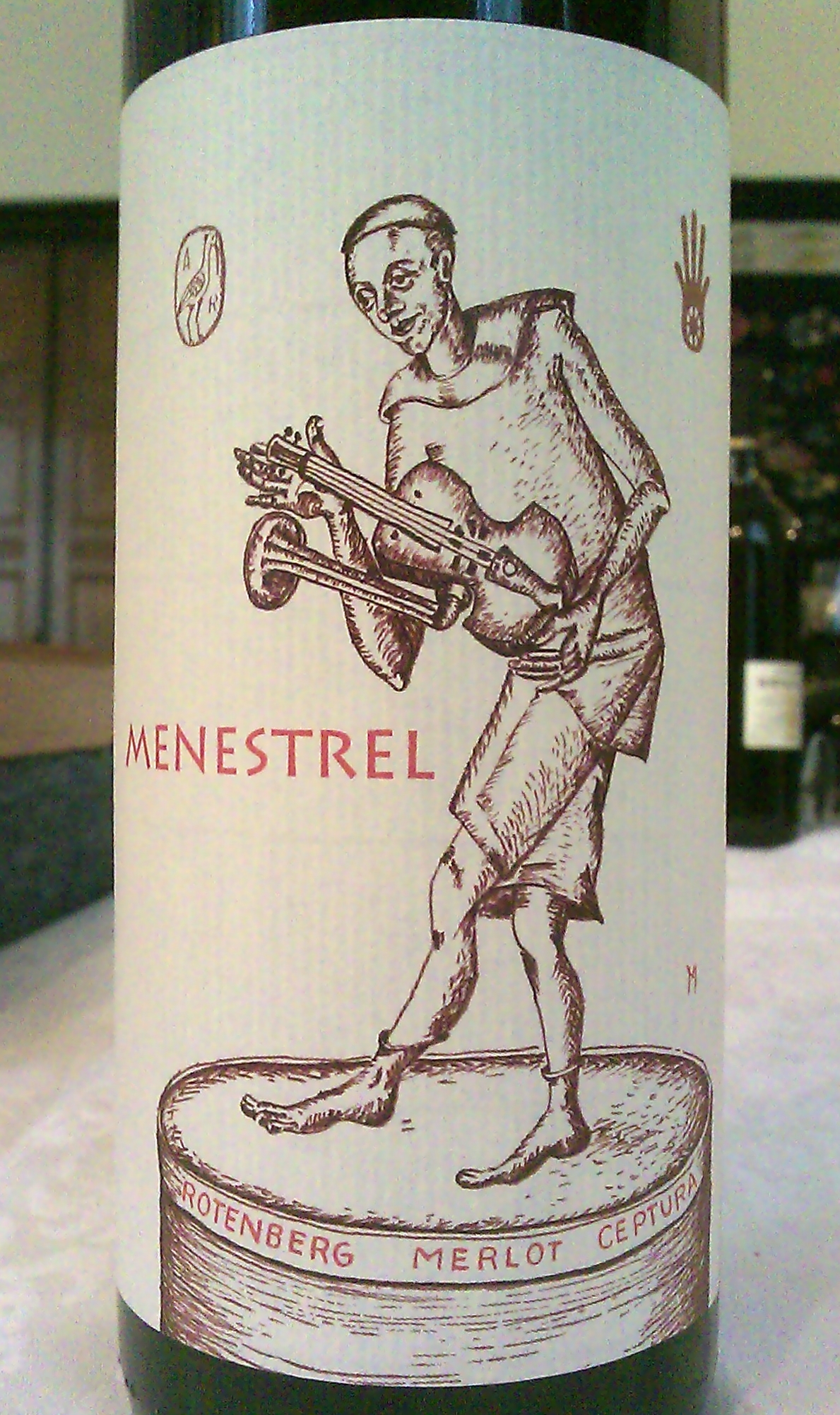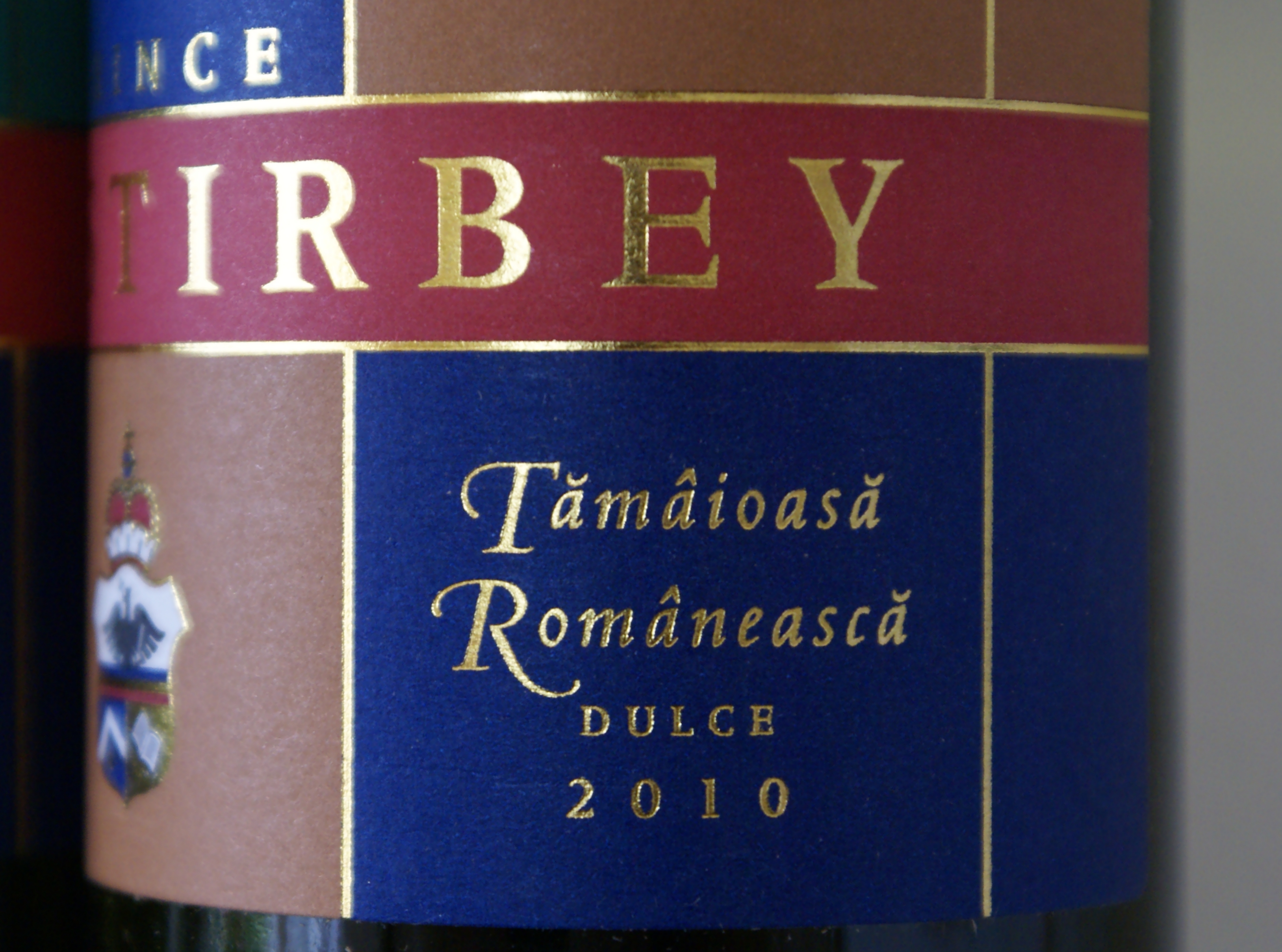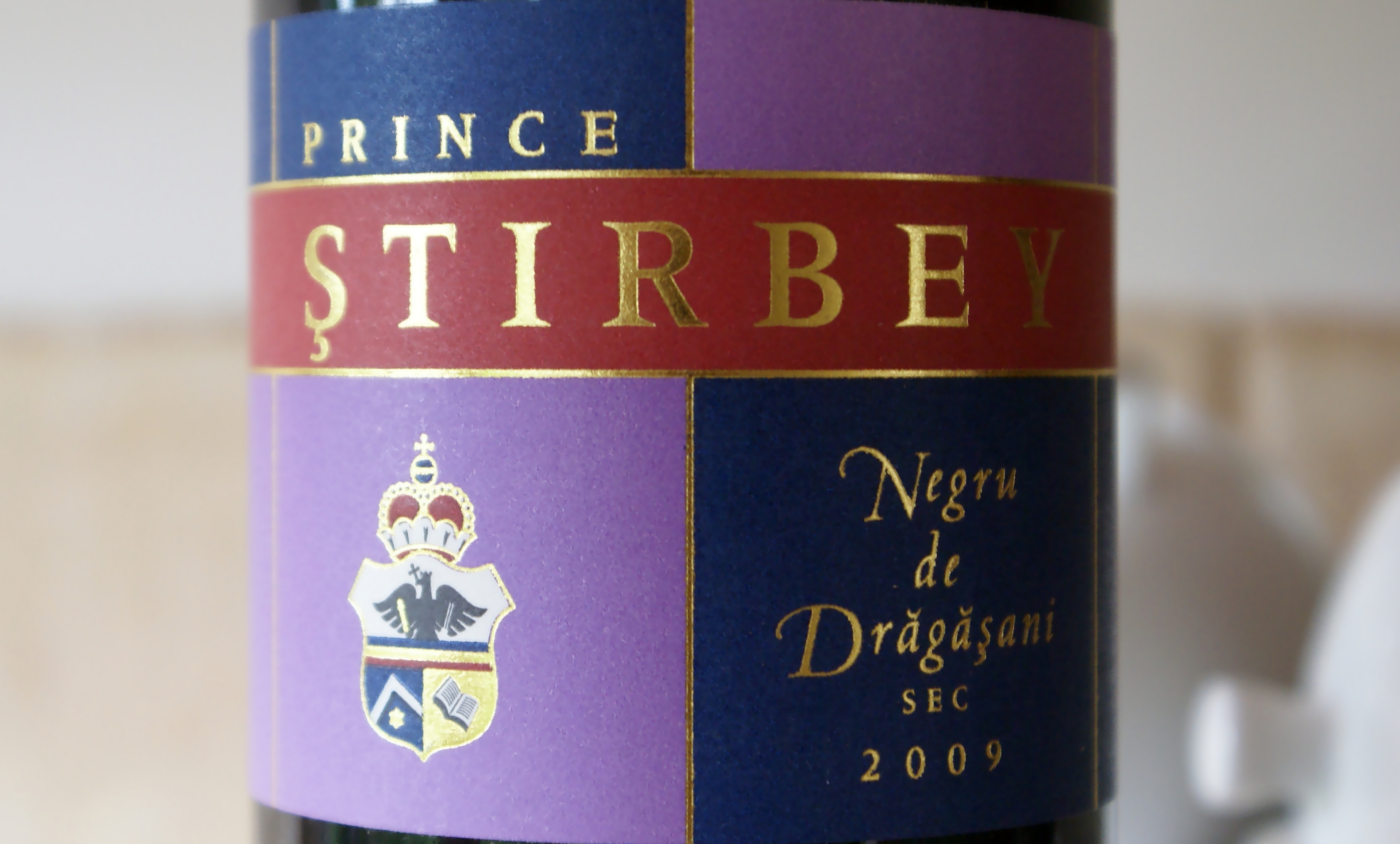Prince Ştirbey: Romania’s finest
Posted on 26 July 2011
Romania as a wine country is something of a mystery. With its massive 220,000 hectares of vineyards it is the fifth largest producer in Europe after Italy, France, Spain and Portugal, ahead of Germany or Greece. It has 50% more surface than South Africa, but I think the average consumer drinks 500 times more South African wine in his/her life than Romanian.
Part of the riddle is that over 50% of Romanian wine is made from American labrusca varieties: considered unhealthy to drink in quantity, such wine cannot be marketed in the EU or exported. (The situation is similar in Brazil, which I blogged on recently). These ‘winos’ are consumed locally, which also makes Romania’s per capita consumption of 23 liters estimate unreliable.
Romania has huge areas under vine and some fantastic natural terroirs to produce good stuff. Mountaineous Transilvania, warm Mediterranean Dobruja, hilly temperate Oltenia were making good wine throughout the Middle Ages and early modern times. Communism, however, destroyed the quality tradition and created a disastrous mixture of obsolete rustic carelessness and unscrupulous co-op industrialism. Although Romania is now a member of the EU and its economy and society are developing by leaps and bounds, and there are important wine exports to the UK and Germany, wine quality has been painfully slow to improve.
I’ve attended several Romanian wine tastings in the last few weeks that reinforced my ambiguous feelings. A presentation at the Romanian Embassy in Warsaw was a mixed bag. Vinarte, a large exporter with some foreign investment, didn’t really thrill: the 2007 Prince Matei is certainly a solid, concentrated Merlot but at 20€ on the shelf it’s hardly a bargain. Basilescu similarly produces an ambitious high-end Cabernet but both companies’ cheaper wines, including from Romania’s leading red variety Fetească Neagră, were underwhelming, with green flavours, excessive acidity, and just little fruit. (Unripeness seems a major problem for many Romanian whites and reds, a consequence of having to buy grapes from small growers, and inadequate farming).
On the same tasting I felt positive about the Merlots of Rotenberg, a dynamic local winery in the region of Dealu Mare. Apart from some really lovely artwork on their labels, these were structured, concentrated, brisk wines with very good ageing potential, including the expensive 2007 Emeritus and Notorius. But another look at the entry-level Rapsod and the Merlot Rosé the following week was a disaster: oxidised, dirty and bizarre, there was nothing to like about these wines. The same importer who opened the two Rotenberg bottles for me also had a 2007 Purpura Valahica Fetească from Davino: although cleaner and fruitier than Rotenberg’s, it still had the vegetal sourness of Romania and wasn’t really a recommended import at 8€ ex-cellar.
Princess Ileana and Baron Jakopp Kripp of Prince Ştirbey. © Vinisfera.pl.
If there’s one star on Romania’s cloudy sky that has consistently impressed me, it’s Prince Ştirbey. The 25 hectares here came to being when Princess Ileana married Austrian Baron Jakob Kripp. Reclaiming the historical family property (a complicated thing in Romania’s convoluted reprivatisation saga), the Kripps started making their own wines in 2001 with the help of Franconian winemaker Oliver Bauer. There’s indeed something like a Franken Silvaner about the Crampoşie, a native white grape with a subdued aroma of apples and good minerality on the palate. Some other white wines are made here, and in the box I received for tasting, the 2010 Crâmpoşie Selecţionată showed well alongside the 2010 Sauvignon that was a little low on fruit and high on tart acids: the 2010 vintage was a difficult one in Romania, as in much of continental Europe. The slightly sweet 2010 Tămâioasă Românească is an eminently Romanian style: light in body and alcohol (12%), this is made from well-ripened but not late-harvested grapes, resulting in a very drinkable, Muscat-styled, apéritif white. It could be too vegetal for some but I enjoy it for its simple fruitiness.
On this tasting, I was more impressed by the red wines here. They were developed later than the whites at Ştirbey but appear to have reached a good cruising speed now. Talking about rare local varieties, there are two: Novac produced a medium-bodied, crisp, cherryish wine in 2009 that bears a vague resembles with unoaked Barbera, and would be my choice for a plate of pasta al pomodoro. With its fresh flavour and transparent body, it scores high for drinkability. The 2009 Negru de Drăgăşani is altogether more serious: riper, with notes of blackberries and sweet cherries, it is aged in oak but digests it well. It’s a surprising wine with plenty of personality: perhaps the best red I’ve tasted from Romania. The 2007 Merlot has high acids and plenty of oak: perhaps too much, but it could improve. A competent wine (Romania makes a lot of Merlot, and this is a good example), though as often, I felt the local grapes varieties achieve a better natural balance here.
Ştribey shows what Romania can do well, provided it tries: medium-bodied and medium-priced red and white wines with good terroir character and attractive fruit. However, it will require a good marketing strategy and, crucially, consistent quality to establish these wines on export markets. At the moment Romania’s performance is patchy, and those semi-dry supermarket reds are making little to improve it. It can also be tricky to reconcile exports (i.e. ‘international-styled’ wines) with the requirements of the local market, including its sweet tooth. Romania needs more Ştirbeys to solve the enigma.
Disclosure
Source of wines: Count Ştirbey: requested samples from the producer and Polish importer; other wines were tasted at organised tastings.





